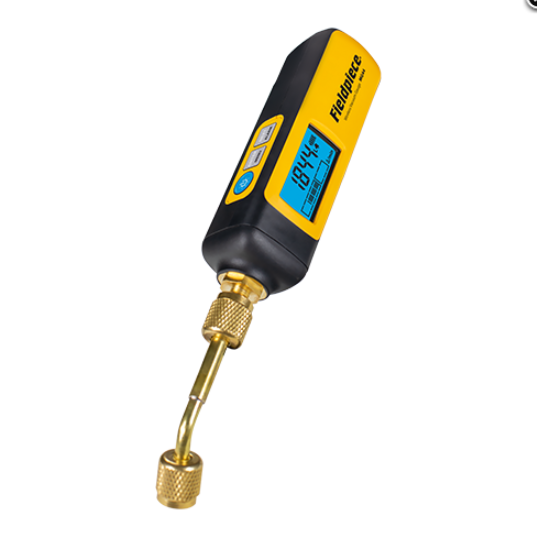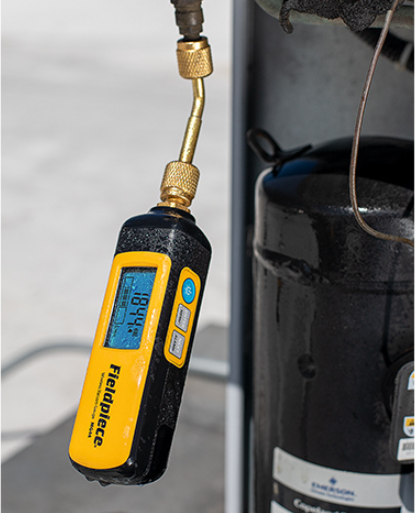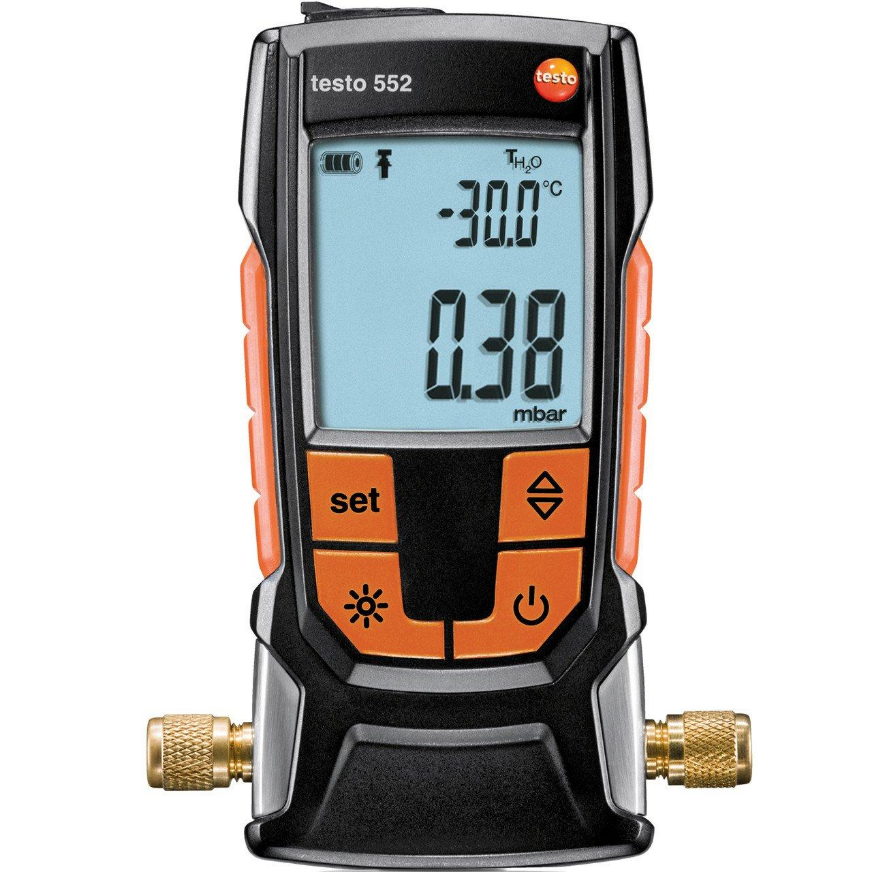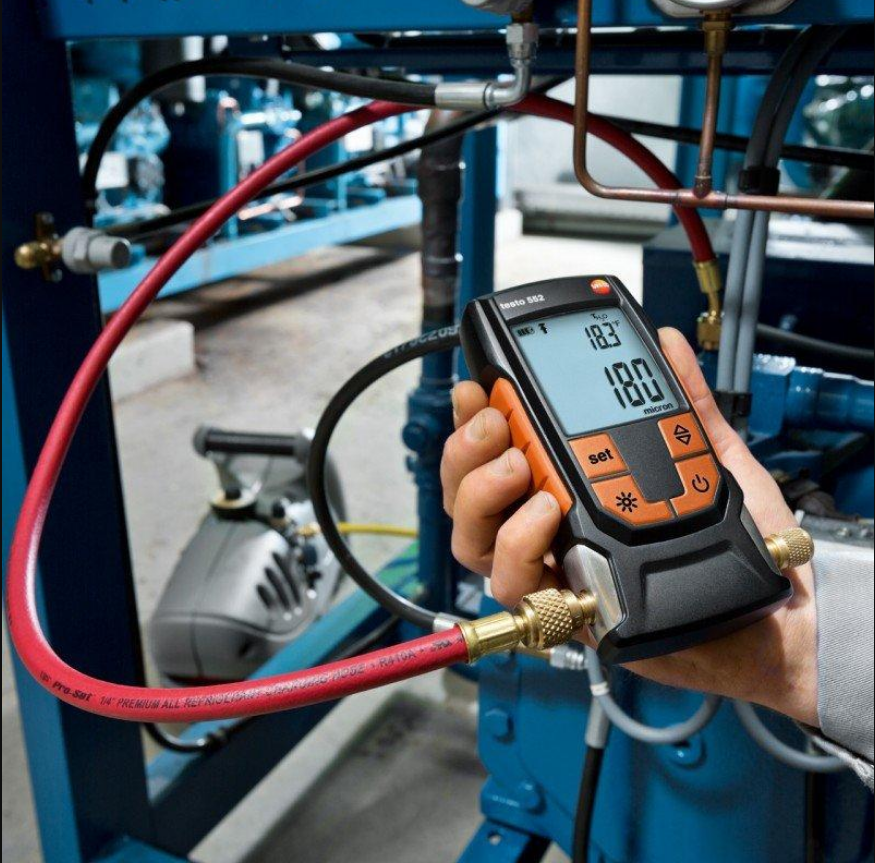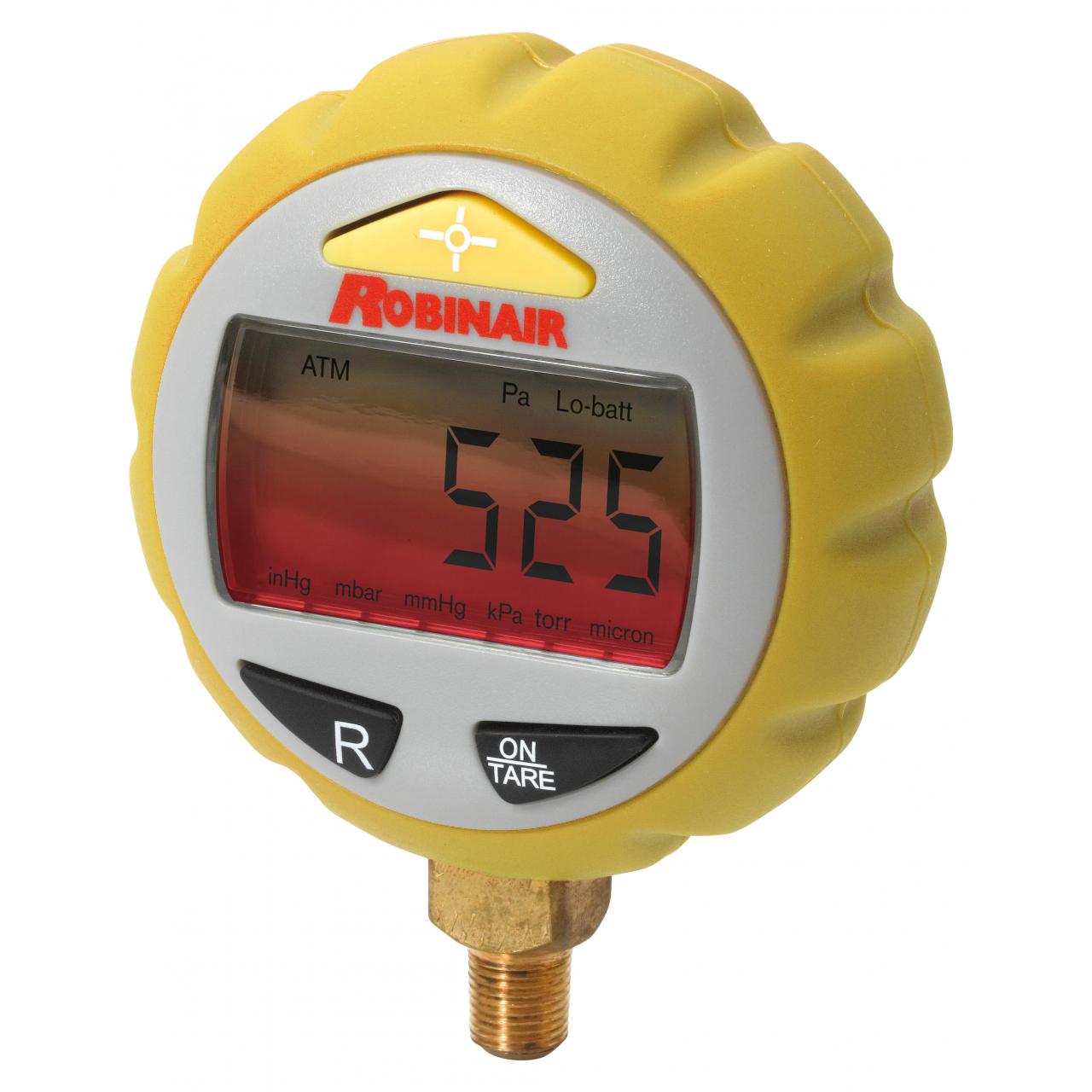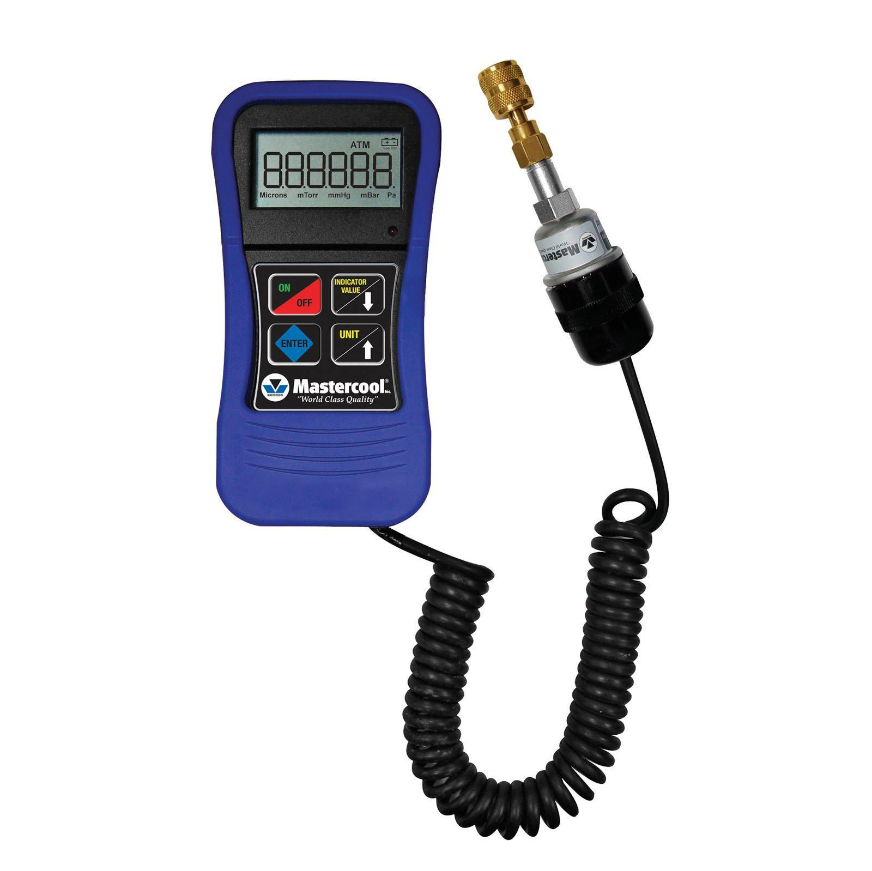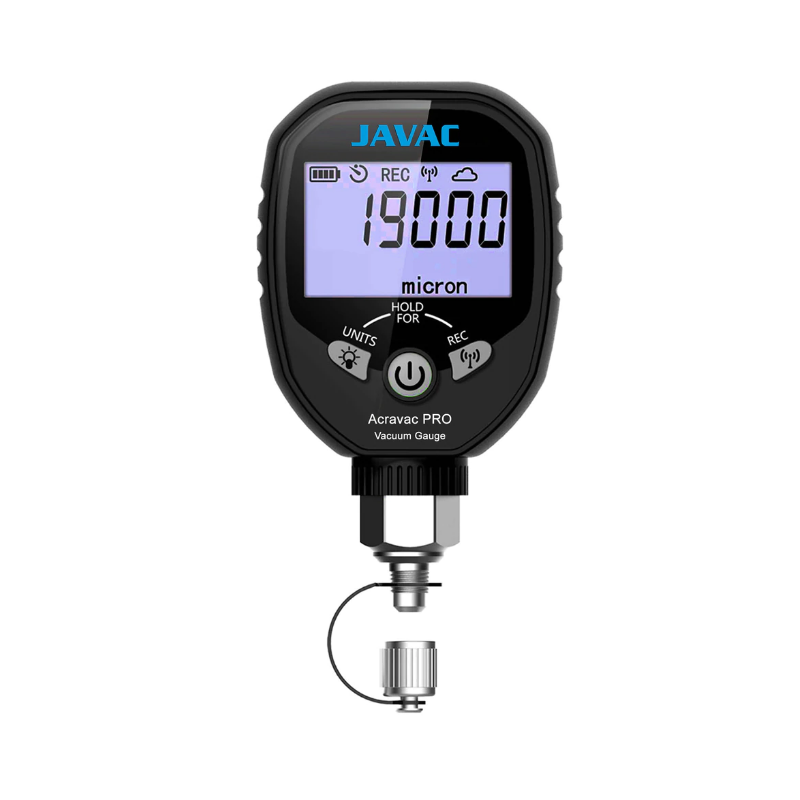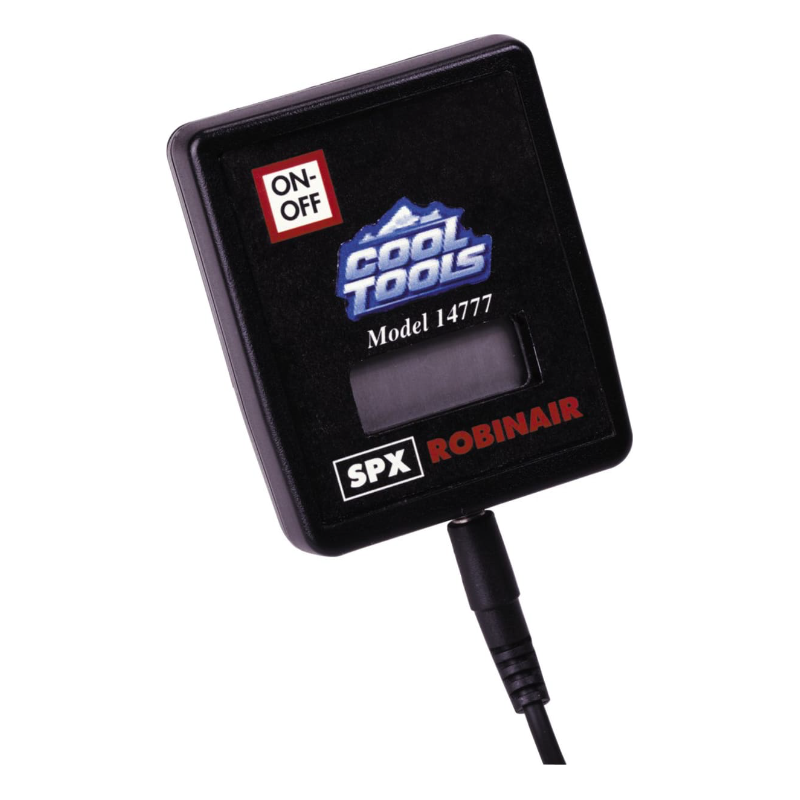Vacuum Gauges for HVAC Pros – Accurate & Reliable
7 products
Showing 1 - 7 of 7 products
HVAC Vacuum Gauges (Micron Gauges) — Accurate & Job-Ready
Tired of sketchy readings wasting time on site? Our HVAC vacuum gauges give rock-solid micron numbers so you can hit targets, prove a dry system, and charge with confidence. Built for Aussie conditions—from Brisbane humidity to Melbourne winters—they’re tough, precise, and ready for daily use.
Shop gauges trusted Australia-wide: Fieldpiece, Testo, Robinair, CPS, Imperial, Yellow Jacket and more. Perfect for split systems, ducted installs, commercial refrigeration, and auto A/C evacuation checks.
Level up your setup: pair your gauge with a high-flow vacuum pump for faster pulls, use manifold gauges for full diagnostics, add leak detection to prevent call-backs, and keep interiors clean with cleaning bags when working indoors.
Why Techs Choose These Gauges
- Accurate micron readings for reliable evacuation and documentation.
- Rugged housings and sealed sensors for real job-site abuse.
- Wide compatibility with vacuum pumps, core tools, and large-bore hoses.
- Top brands: Fieldpiece, Testo, Robinair, CPS, Imperial, Yellow Jacket.
Quick Guide: Using a Digital Micron Gauge
- Mount on the system (far from the pump, post core-removal tools) for a true system reading.
- Pull down with short, large-bore vacuum hoses; keep connections clean and oil-free.
- Target 300–500 microns (or per OEM). Close valves and run a standing vacuum test (decay test).
- Interpret results: fast rise = leak; slow rise that plateaus > 1000 microns = moisture; stable = good to charge.
Tip: Open the pump’s gas ballast early to drive off moisture, and change vacuum oil when cloudy.
Why Buy From HVAC Shop?
- Fast shipping AU-wide — tools in your hands sooner.
- Price-match on identical stock items.
- Trade discounts for contractors.
- Warranty & local support you can actually reach.
FAQs
Do I still need a micron gauge if I have a good pump?
Yes. The pump removes air and moisture; the gauge verifies system dryness and depth of vacuum so you can charge with confidence.
What micron number should I hit?
Most HVAC systems are considered ready to charge at ≤ 500 microns after a stable standing test. Always follow the equipment manufacturer’s spec.
Where should I connect the micron gauge?
On the system (not at the pump), ideally after core-removal tools and as far from the pump as practical to avoid false low readings.
Can I use the same gauge for auto A/C?
Absolutely. A digital micron gauge is essential anywhere you need to confirm deep vacuum before charging.
How do I look after the gauge?
Keep fittings clean and dry, cap ports when not in use, avoid oil contamination, and store in a protective case.
Browse by Brand
